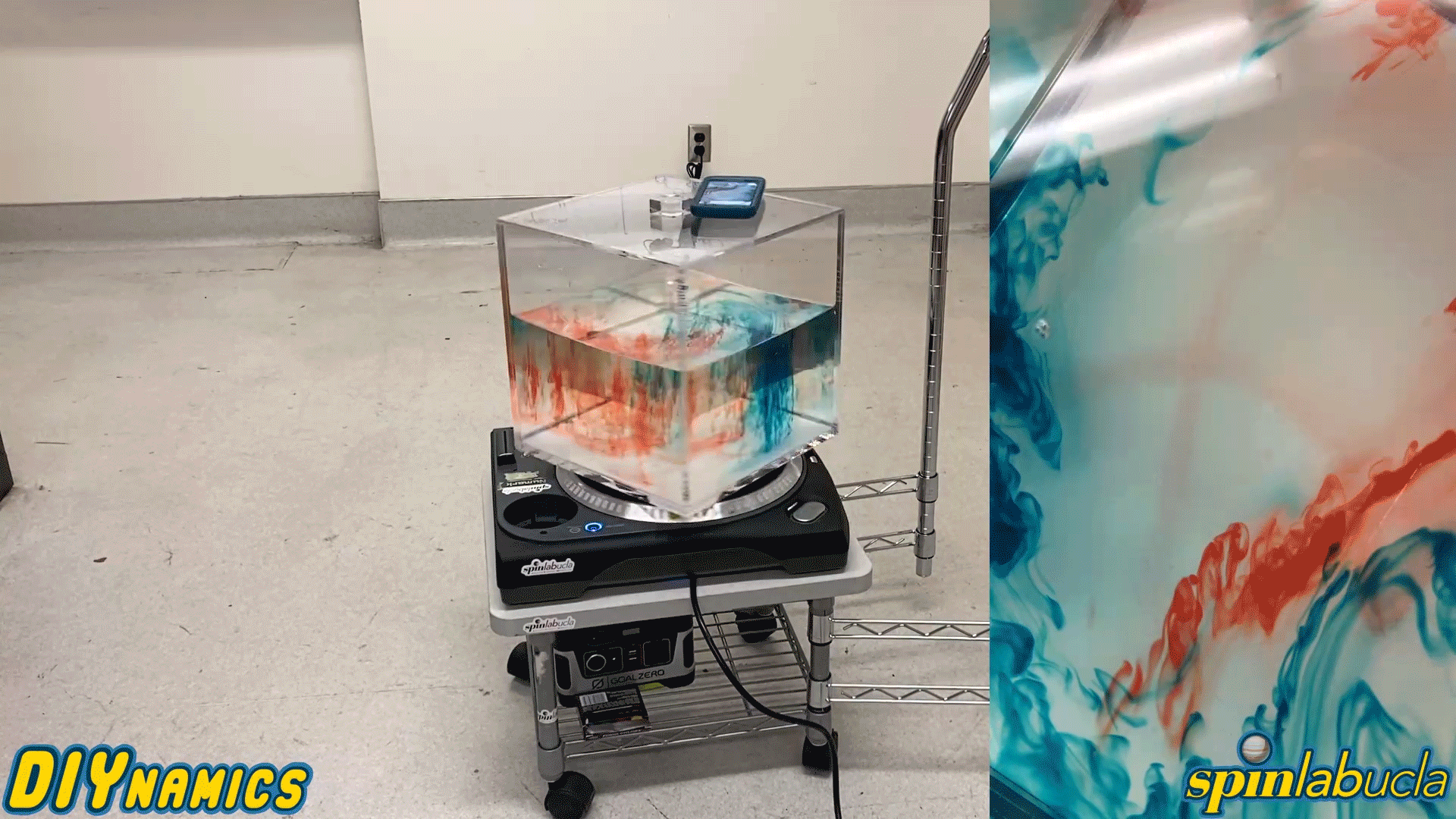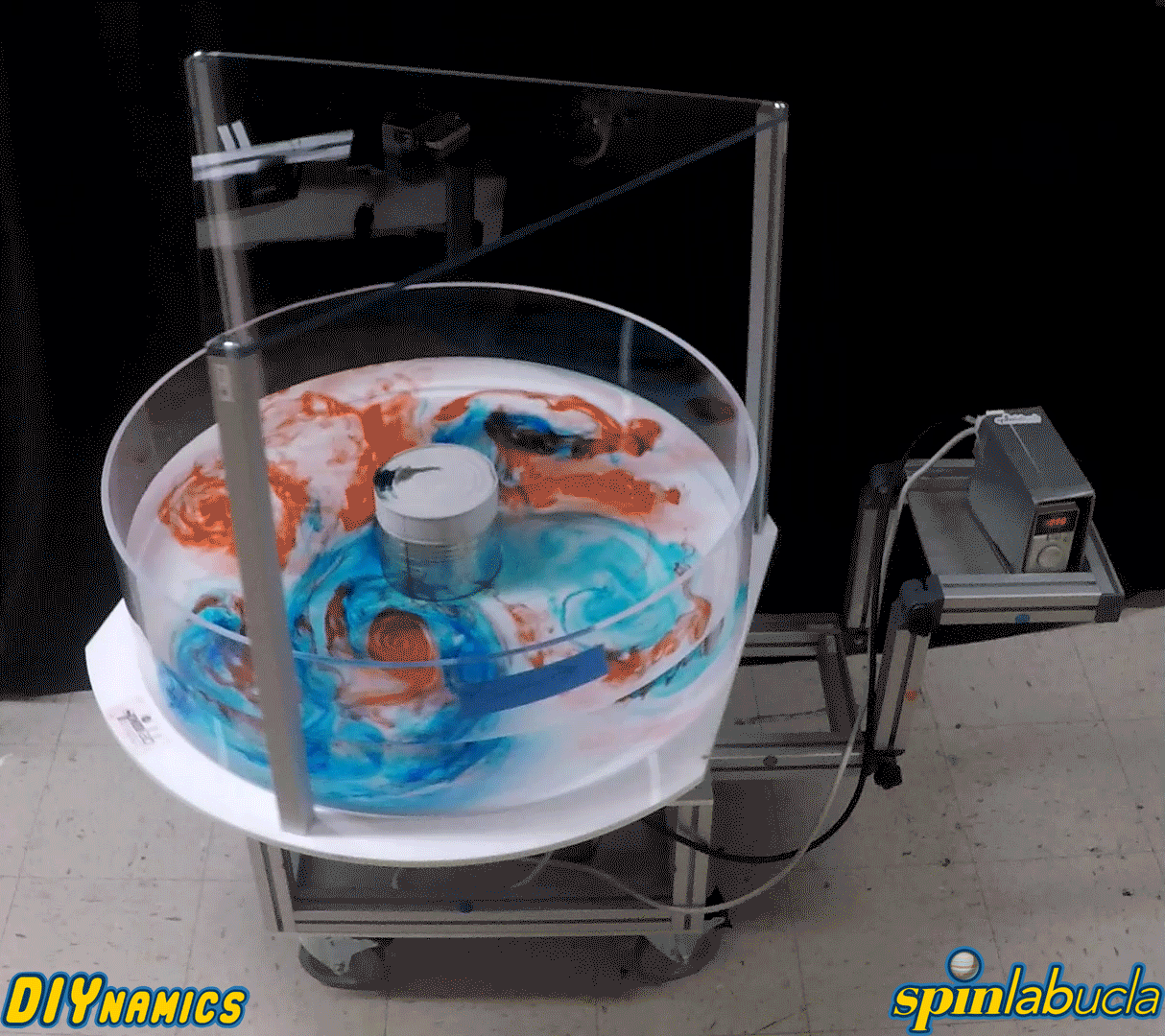- Wed 28 October 2020
- news
- Spencer Hill
- #organization

The new Technics Table in action!
The DIYnamics Lego Table has proven to be a really valuable tool in teaching fundamentals of atmospheric circulations, ocean currents, planetary interior flows, and other core geoscience concepts. Its low cost, ease of ordering, assembly, and operation, and the simple fact that it is mostly made out of toy Lego pieces help make the underlying science seem approachable and fun to learn all the way down to the elementary school level. And at the other end of the educational spectrum, its use in undergraduate and graduate courses continues to expand across the U.S. and beyond: this semester with many institutions teaching remotely due to COVID-19, at least two courses (at Harvard and UCLA) have provided Lego Tables for each of their students to use remotely from their own homes —- including multiple students in China. (More to come about these endeavors in future posts.)
At the same time, through our own uses and events and from reports back from users in the wild, we’ve come to find some limitations of the original design. For one, on repeated or extended use, sometimes the motor arm will detach from the main assembly entirely…not great in the middle of a demonstration! Another is that some OXO tables can develop a tilt or slow spot, leading to tank-wide sloshing and/or the rotation rate not staying constant. Finally, for rotating tanks at least there’s no denying that bigger is better, and so the 6” diameter tanks that are most commonly used with the Lego Table can only generate so much of a “wow” factor compared to much bigger tanks.

The new DJ Table in action!
Spurred by these limitations, over the past couple years the DIYnamics team —- most of all Norris, Taylor, Henry, and Jon —- have been developing upgraded rotating tank platforms. The result of their hard work is three new “kits”, as we’re now calling them, ranging from a beefed-up Lego table to a nearly research-grade, 3-foot diameter tank (but that’s 100% portable). We’re happy to introduce these new kits —- the Technics Table, the DJ Table, and the HT3. A series of posts will follow this introductory one, each describing one of the new kits in more detail.

The new HT3 table in action!
The devices are only so helpful without instructions on how to build and operate them, and so the team has also created PDF and video guides for each device. Along the way, we (mostly Norris) also created guides for commonly needed “peripherals” like how to livestream rotating frame footage —- these were inspired by ingenious DIY solutions created by team members Alex and Marianna. These too are now all available via our website and Youtube channel.
We encourage you to check out the new materials now, and to look out for our followup posts describing each kit in more detail, all coming soon!
